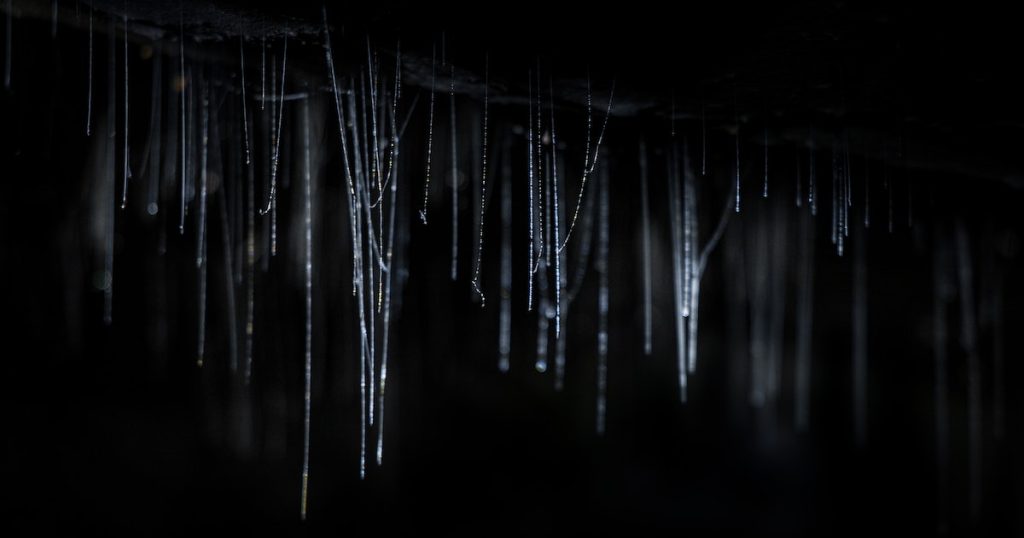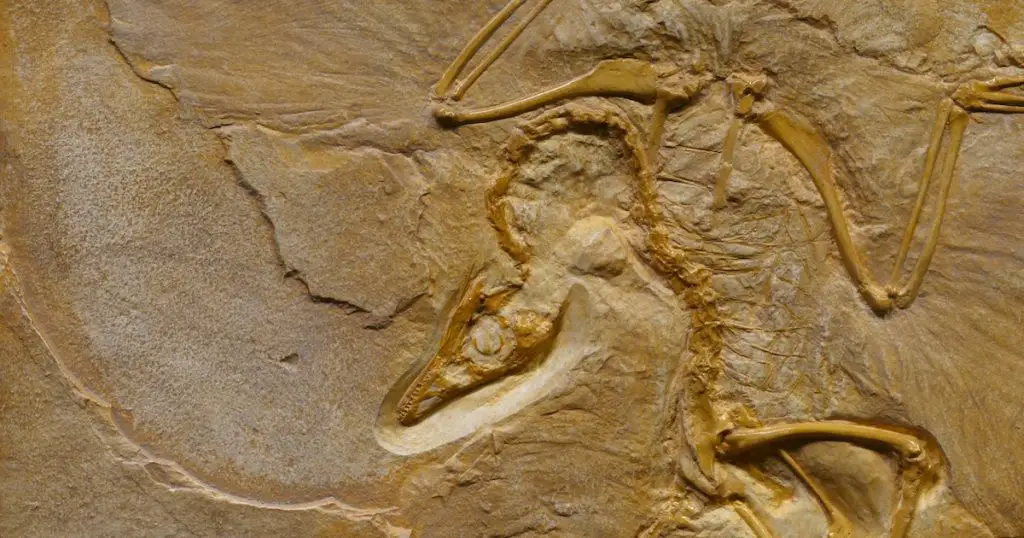Nestled amidst the rugged landscapes of Arizona, Prescott has an intricate tapestry of geological tales to share. The mineral discovery and extraction history in Prescott is more than just about rocks and metals; it’s an epoch-spanning saga that intertwines the very destiny of the city with nature’s treasures.

This rich tale has shaped the socio-economic and cultural aspects of Prescott, making it a place not just of natural beauty but also of historic significance.
Early Indigenous Mining
Long before the arrival of European settlers, the indigenous people of Prescott recognized the value of the land beneath their feet. Their intimate relationship with nature and deep understanding of the terrain meant that they had firsthand knowledge of the mineral-rich deposits.
Many indigenous artifacts, like tools and jewelry, showcase the use of locally sourced minerals. The Smithsonian Institution has documented several such artifacts, shedding light on the importance of minerals in indigenous cultures. They used rudimentary techniques, relying on manual labor and basic tools. For these communities, the minerals were more than just commodities; they were deeply integrated into their rituals, traditions, and daily life.
The techniques these communities employed may seem rudimentary to modern eyes, but they laid the foundational understanding of Prescott’s mineral wealth. Many of these techniques served as a reference point for later settlers who would build upon this foundational knowledge.
Arrival of European Settlers
When European settlers first set foot on Prescott’s terrains, they were quick to notice the shimmering promise beneath the surface. Historical records from The Library of Congress recount how these early observations became the beacon, drawing more settlers to the region in hopes of striking it rich.
As the influx of settlers grew, so did the transition from mere observations to organized mining operations. Formal mining efforts began to take shape, replacing the age-old indigenous techniques with more modernized methods. The scene was set for Prescott to become a bustling hub for mineral extraction and trade.
Gold Fever Strikes Prescott
The mid-19th century brought about what can best be described as a ‘golden era’ for Prescott. Whispers of gold veins became louder, culminating in some of the first significant gold discoveries in the region.
These discoveries led to the rapid establishment of boomtowns. National Geographic articles from the era capture the fervor and excitement of these times, illustrating how entire settlements sprang up almost overnight. Yet, for all the transience, the gold rush undeniably etched an indelible mark on Prescott’s history. It wasn’t just about wealth; it was about the dreams, aspirations, and spirit of adventure that defined an era.
Silver Lining: The Silver Epoch
While gold dominated much of the conversations, silver wasn’t far behind in Prescott’s mineral narrative. Historical archives from the U.S. Geological Survey highlight that the latter part of the 19th century saw the city experiencing a surge in silver mining.
The economic implications of silver extraction were profound. With the influx of wealth came cultural institutions, art, and an evolving lifestyle that echoed the prosperity of the times.
Copper’s Pivotal Role
Beyond gold and silver, copper began to play a central role in Prescott’s mineral story. The red metal’s versatility, especially in the burgeoning industrial age, made it a prized possession.
Railroads, smelting units, and export hubs mushroomed across the city, with some historians from History.com drawing parallels between Prescott’s copper-driven growth and the larger industrial revolution in America. However, with great rewards came great challenges, leading to debates and discussions on sustainable mining practices.
The Lesser-Known Minerals
Prescott’s mineral tapestry isn’t just woven with gold, silver, or copper. The land is replete with a variety of other gems and minerals.

- Turquoise: Revered by indigenous communities and later by settlers, turquoise mines became a significant part of Prescott’s landscape. Its vibrant blue hue, often featured on The Gemological Institute of America website, remains synonymous with the Southwest’s rich mineral heritage.
The diversity of minerals, from the well-known to the obscure, paints a vibrant palette of Prescott’s deep-rooted connection with the earth, a saga that has shaped its past and will undoubtedly influence its future.
Environmental Impact and Mitigation
As Prescott’s mining activities intensified, the repercussions on the environment became increasingly apparent. Large-scale extraction operations, especially during the 20th century, led to habitat disruption, water pollution, and significant landscape changes.
Reports from the Environmental Protection Agency underscore the magnitude of these environmental impacts, emphasizing the need for sustainable mining practices. Innovations and advances in mining technologies started focusing not just on extraction efficiency but also on minimizing ecological footprints. This shift in mindset was vital in ensuring that the mineral wealth did not come at the cost of the environment.
Local organizations, bolstered by global initiatives, have since been at the forefront, rehabilitating mining sites, ensuring cleaner extraction processes, and championing conservation efforts. Their endeavors illustrate that while Prescott’s mineral history is vast, its commitment to the future is unwavering.
The Socio-Economic Landscape
Mining, with its promises of wealth and prosperity, drastically altered Prescott’s socio-economic fabric. The city saw a dynamic shift from being a predominantly agrarian society to a buzzing industrial hub, teeming with miners, merchants, and entrepreneurs.
According to studies from Harvard Business Review, boomtowns often experienced economic disparities, with the rich-poor divide widening during peak mining activities. Prescott, too, had its share of challenges. However, as the mining frenzy stabilized, efforts were made to diversify the economy, laying the foundation for a more sustainable growth model.
Educational institutions, service sectors, and tourism began gaining prominence, ensuring that Prescott’s reliance on minerals was balanced with other economic pillars. The city’s resilience and adaptability have been its hallmark, allowing it to navigate the tumultuous waters of mineral dependency with grace and foresight.
The Modern Era and Forward-Looking Perspectives
The 21st century brought with it a renewed perspective on mining in Prescott. While the city still cherishes its mineral-rich legacy, there is a distinct shift towards sustainable and technology-driven extraction methods.
Industry leaders, as featured on platforms like TechCrunch, have been pioneering advanced technologies, such as AI-driven exploration and eco-friendly extraction techniques. These innovations signify Prescott’s commitment to a future where its rich past seamlessly integrates with a progressive vision.

Furthermore, as global demand patterns evolve and with the rise of alternative materials, Prescott’s mineral strategy is continuously adapting. The city is poised at an interesting juncture, ready to embrace the challenges and opportunities that the future holds.
FAQ:
What was the primary reason for European settlers to migrate to Prescott?
Primarily, the promise of mineral wealth, especially gold, drew European settlers to Prescott.
How has Prescott’s environment been affected by mining activities?
Large-scale mining led to habitat disruption, water pollution, and landscape changes. However, modern practices and rehabilitation efforts aim to mitigate these impacts.
Is mining still a major industry in Prescott today?
While mining is an integral part of Prescott’s heritage, its significance has reduced compared to its peak years. Today, the city has a diversified economy.
How has technology impacted modern mining practices in Prescott?
Advancements in technology have ushered in AI-driven exploration, eco-friendly extraction methods, and enhanced safety protocols, marking a significant shift from traditional methods.
Conclusion
Prescott’s tale of mineral discovery and extraction is a narrative rich in history, challenges, innovation, and resilience. From the early indigenous mining practices to the technologically advanced methods of today, the city stands as a testament to human endeavor and its symbiotic relationship with nature.
As we delve into the layers of this saga, it becomes evident that Prescott’s mineral history is not just about extracting treasures from the earth but also about cherishing and preserving those very treasures for future generations. As the pages of this story unfold, one can only look forward to the next chapter with anticipation and hope.



Leave a Comment
You must be logged in to post a comment.